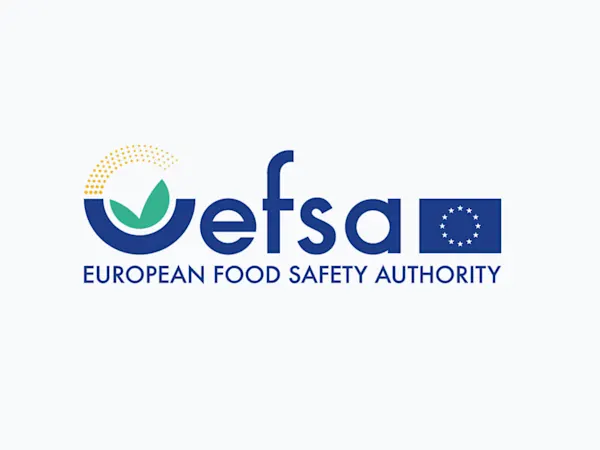
California’s SB-682 Targets PFAS in Consumer Products
California’s SB-682 bans PFAS in key consumer products from 2028, driving urgent compliance actions and reform across the chemicals and manufacturing sectors.


A recent report by the PlasticList project has revealed that 86% of tested food and beverage samples in the California Bay Area contain detectable levels of plastic chemicals. Published on 27 December 2024, the findings highlight widespread contamination and raise questions about the adequacy of current safety regulations, impacting manufacturers and supply chains globally.
The PlasticList study analysed 705 samples from 296 food products for 18 plastic-related chemicals, including phthalates, bisphenols, and substitutes. Alarmingly, di(2-ethylhexyl) phthalate (DEHP) and di-2-ethylhexyl terephthalate (DEHT) were detected in 70% of samples, with dibutyl phthalate found in 50%. At least one chemical was present in all tested baby foods, prenatal supplements, breast milk, yogurt, and ice cream.
Processed foods exhibited significantly higher contamination levels than minimally processed alternatives. For instance, hot food stored in plastic takeout containers for 45 minutes had 34% higher levels of plastic chemicals than freshly served dishes. Furthermore, 22 products exceeded regulatory limits for bisphenol A, with levels surpassing European Food Safety Authority thresholds by up to 32,571%.
While the majority of samples fell within regulatory limits set by the Environmental Protection Agency (EPA), U.S. Food and Drug Administration (FDA), and EFSA, the report questions whether these limits reflect current scientific understanding. Many thresholds are based on decades-old data, such as the EPA’s 1953 safety benchmark for DEHP.
The inconsistencies between regulatory bodies exacerbate concerns. For instance, while the EU has banned diisobutyl phthalate in food-contact materials, no safe daily exposure limit exists under FDA, EPA, or EFSA standards.
The study highlights the risks associated with plastic chemicals, particularly endocrine disruptors, which can interfere with hormonal systems even at low doses. The prevalence of these substances in everyday foods—including organic and premium products such as raw milk and farm-fresh beef—suggests that contamination is systemic.
Additionally, bottled water samples in glass and plastic showed similar contamination levels. Surprisingly, two bottled water brands exceeded FDA limits for DEHP, with one containing 217% more than the permitted level.
The findings present significant challenges for food manufacturers, packaging suppliers, and distributors. With evidence mounting on the risks of endocrine-disrupting chemicals, regulators are likely to reassess existing safety standards, potentially leading to stricter compliance requirements.
Foresight continuously tracks 1000s of sources and maps updates to your portfolio:




California’s SB-682 bans PFAS in key consumer products from 2028, driving urgent compliance actions and reform across the chemicals and manufacturing sectors.

ChemSec updates the SIN List with neurotoxicants, spotlighting brain-damaging chemicals and urging EU regulators to act swiftly on these hidden threats.

EFSA launches consultation on updating its Weight of Evidence and Biological Relevance guidance, aiming to streamline chemical risk assessment practices.
Subscribe to Foresight Weekly and get the latest insights on regulatory changes affecting chemical compliance.
Free forever. Unsubscribe anytime.
Read by professionals at